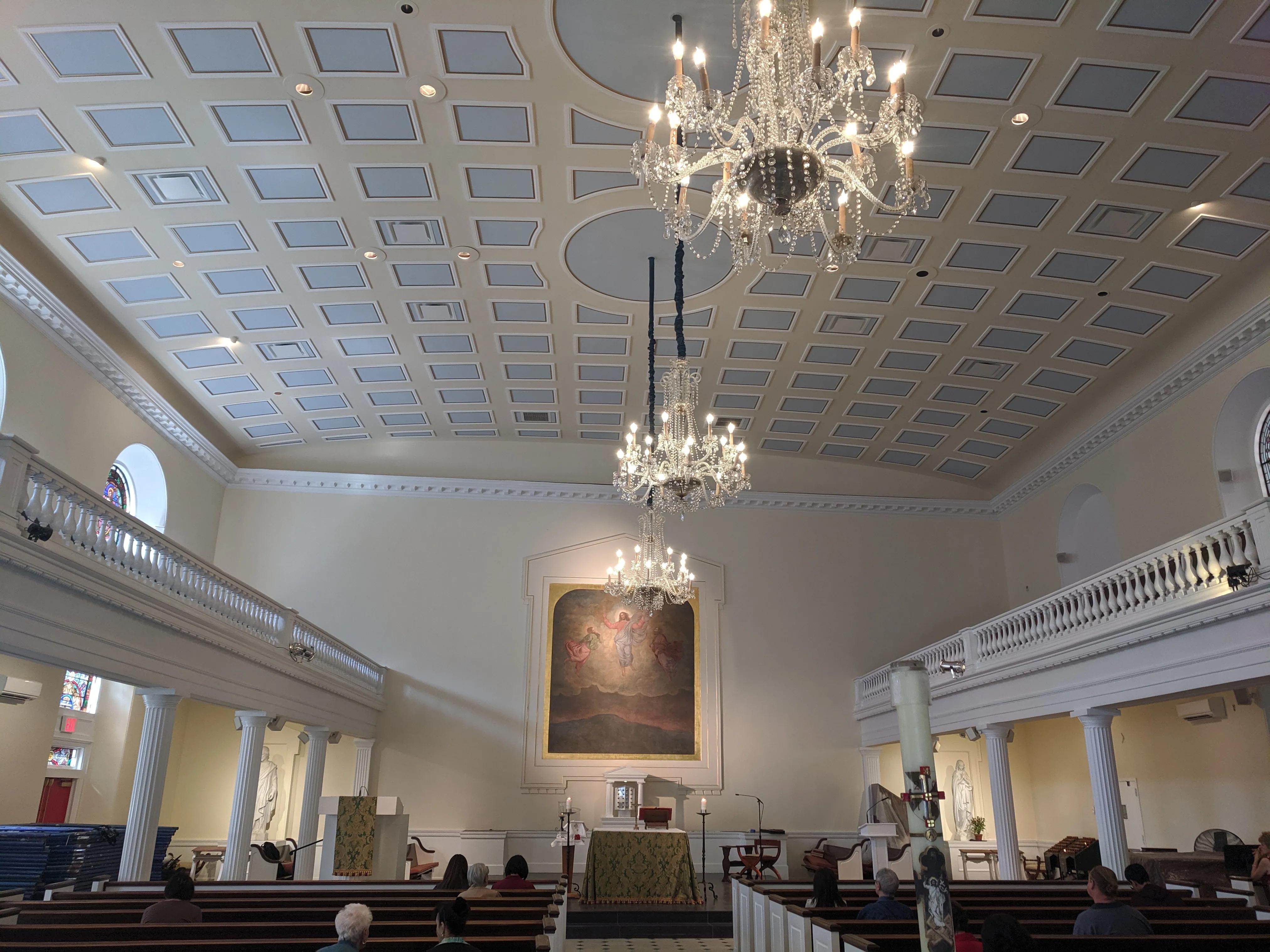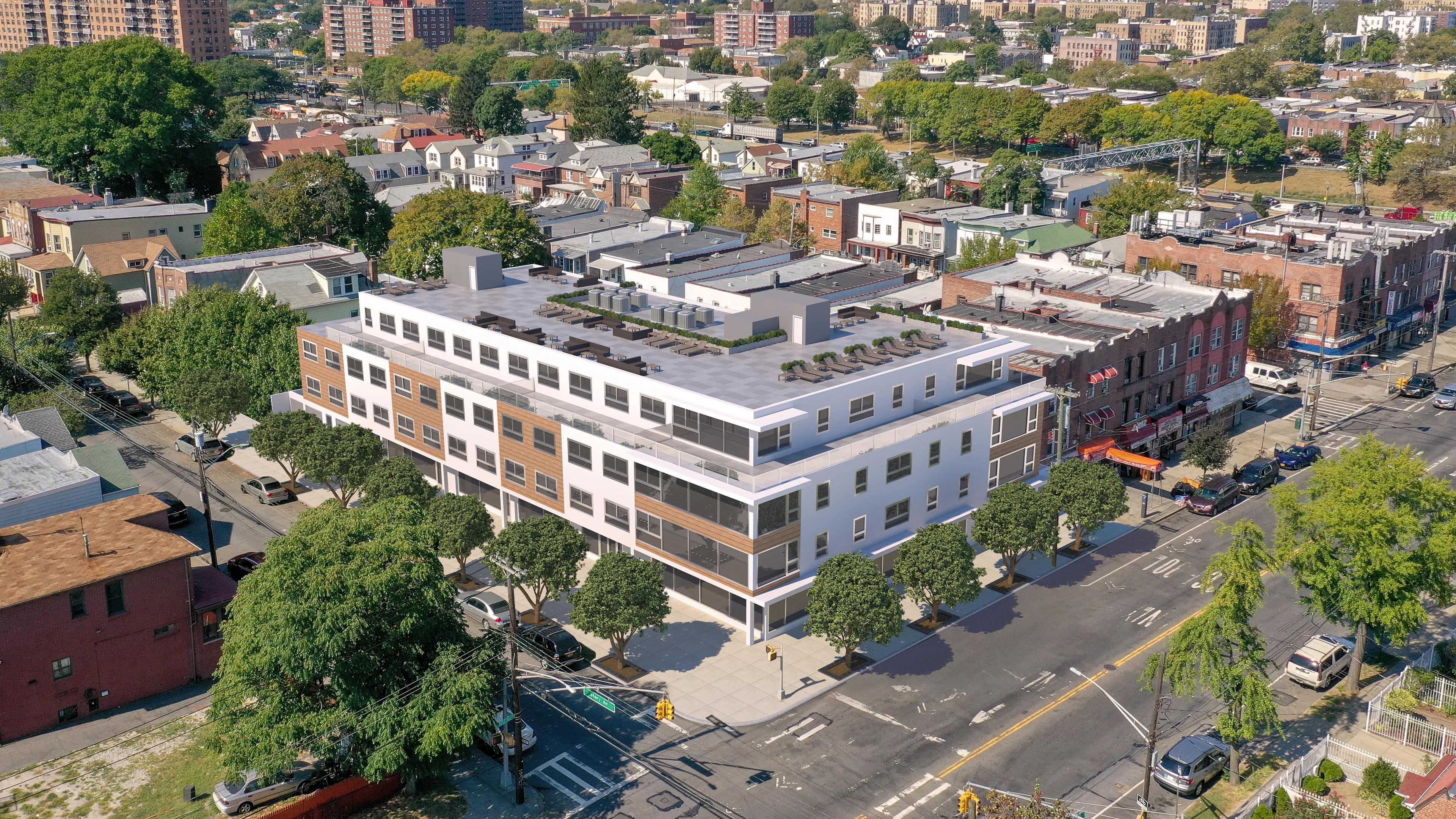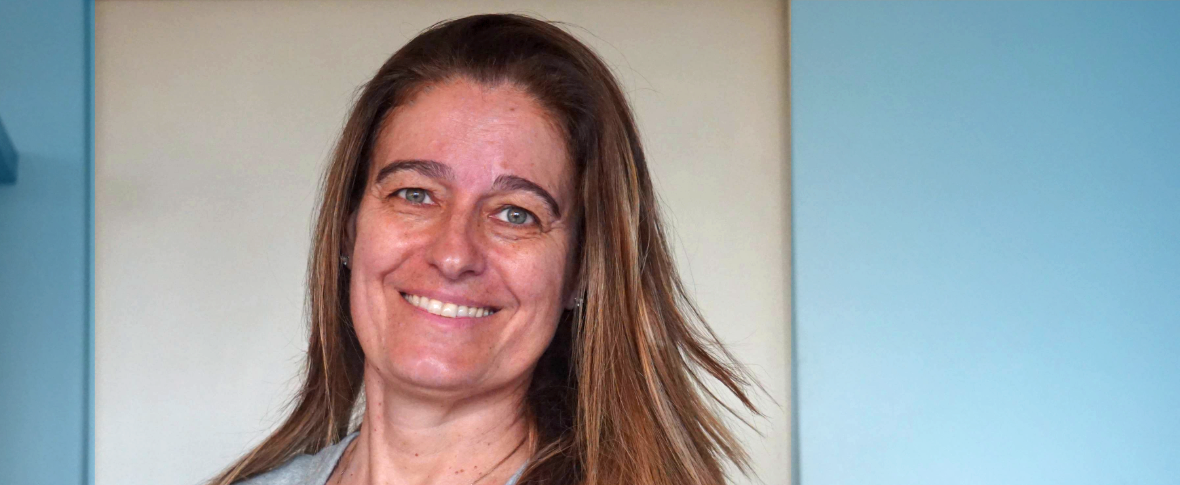Originally licensed in Argentina, New York-based architect Veronica Blanco, AIA, shares her experiences navigating becoming licensed in the United States and how she embraced networking to fuel her success.
What inspired you to pursue a career in architecture?
The inspiration to pursue a career in architecture came to me at a very young age. When I was just eight years old, an architect who was a friend of my mother returned from a trip to Egypt. She shared captivating stories about ancient structures and the rich history of Egyptian architecture. I found her experiences exciting and thought she was the coolest person on Earth. At the time, I had no idea what it took to become an architect, but I was always intrigued by the concept of building something. The idea of creating spaces and observing people interacting with those spaces or buildings was incredibly appealing to me. This early exposure to architecture sparked a lifelong passion for designing and constructing environments that people enjoy and appreciate while preserving the history of cities and towns by maintaining old buildings and structures.
Tell us about your path to licensure—did you face any unique challenges or circumstances that shaped your progress?
When I moved to the United States, I was already licensed in Argentina with a master’s degree in architecture and urbanism. I was lucky enough to work in the field since my early days in the U.S.; however, learning about becoming a licensed architect in the U.S. was quite confusing. After learning about it through NCARB and university alumni, I began working on the Intern Development Program (IDP)—now the Architectural Experience Program® (AXP®)—units with my former employers. Simultaneously, I started studying for the Architect Registration Examination® (ARE®) 4.0 exams, including a vignette and a multiple-choice portion.
Balancing life, work, and studying was challenging. One of the major hurdles I faced was adapting to the multiple-choice test format, which is not commonly used in Argentina. Wrapping my head around this system took some time and extra effort. As I progressed, I transitioned to ARE 5.0 with only two tests remaining. Unfortunately, I lost exam credits due to the rolling clock with just one exam left. Despite this setback, the journey taught me resilience and the importance of perseverance in achieving my goals.
Are there any significant experiences (encounters or accomplishments) you’ve had along your path to licensure or beyond that shaped or impacted your career?
One of the most memorable encounters was meeting the late Zaha Hadid while I was a freshman in university. Her passion for architecture left a strong mark on my soul and inspired me to pursue my dreams with the same fervor. Later, while working as a project manager at the Metropolitan Museum of Art, I had the privilege of collaborating with the late Kevin Roche. Witnessing his ability to find solutions with just a few lines on a piece of paper was truly magnificent. Sharing the same room with these two maestros was an incredible honor and a profound learning experience.
Another pivotal moment was successfully completing a challenging project involving the restoration of a historic building in Manhattan. This accomplishment not only honed my technical skills but also reinforced the importance of preserving architectural heritage. The positive feedback from the community and the owner and the sense of fulfillment I felt were truly rewarding.
Additionally, participating in a mentorship program allowed me to connect with emerging professionals and share my knowledge and experiences. This opportunity to give back and support others in their journey has been incredibly fulfilling and has further solidified my commitment to the field of architecture.
How did the recent retirement of NCARB’s rolling clock policy impact your journey to licensure?
Unfortunately, I had to retake most tests before the rolling clock policy was retired. Despite this, I strongly believe that retiring the policy was the right move. I know many individuals, particularly immigrants and women, who gave up on their licensure journey because their rolling clock expired. The pressure and time constraints of the rolling clock policy discouraged many talented architects from continuing their pursuit of licensure, resulting in the loss of many very talented people to the profession.
Removing the rolling clock policy has provided more flexible and supportive pathways for licensure candidates. The new score validity policy allows individuals to take the exam at their own pace without the added stress of a ticking clock. This change has the potential to retain more talented professionals in the field and encourage them to complete their licensure journey.
How did you stay motivated while working to earn your license?
Staying motivated while working to earn my license was perhaps the hardest part of the journey. My strong desire to become an architect kept me going even on days when I didn’t feel like studying after long work hours.
One of the key factors that helped me stay motivated was finding a group of Latina architects, Arquitina. Their support and mentorship were invaluable in keeping me engaged and focused on my studies. We met at least twice a week, and these study sessions provided the encouragement and accountability I needed to stay on track.
Additionally, the unwavering support of my life partner was crucial in completing the process successfully. Their understanding and encouragement made a significant difference in my ability to balance work, study, and personal life.
Tell us about your current role—what does a typical day look like? Are there any projects you’re especially proud of?
As the principal of Blanco Design, Inc., I lead a small architecture firm that handles various diverse projects. My role involves overseeing all aspects of the firm’s operations, from client consultations and project management to design development and team coordination.
A typical day for me starts with reviewing ongoing projects and meeting with my team to discuss progress and address any challenges. I also spend a significant amount of time collaborating with clients, understanding their needs, and translating their visions into architectural designs.

I am particularly proud of several projects, including renovating a historic building in our community. This project involved preserving the building’s architectural heritage while in the interior incorporating modern design elements to enhance its functionality. The positive feedback from the community and the successful completion of the project was incredibly rewarding. Another notable project is the rezoning of an entire block in New York City. This effort not only allowed our client to build a much larger building but also ensured that the entire block complied with city zoning regulations. This accomplishment was a significant milestone for our firm and demonstrated our ability to navigate complex regulatory environments.

My passion for sustainable architecture, energy-efficient new and existing buildings, and the use of eco-friendly materials has been a fulfilling experience from both a professional and personal standpoint. These projects align with my commitment to creating environmentally responsible and innovative designs.
What advice do you have for emerging professionals?
While studying:
- Seeking out a mentor: Find someone who can guide you through taking exams and navigating your career. A mentor can provide invaluable insights and support, helping you overcome challenges and achieve your goals. Remember, never, ever give up. The journey may be tough, but perseverance is key.
- Stay healthy: Keep an eye in your health throughout the studying process. Some days you will feel defeated; when that happens, take a break. Go for a walk, meditate, read a book unrelated to the study material, whatever helps you regain your focus and energy.
After licensure:
- Embrace your freedom: Obtaining your license is a significant milestone. It will set you free and allow you to choose your own pathway. With a license, you have the freedom to explore various opportunities and make a meaningful impact in architecture.
- Keep learning and engaged: Always keep learning and stay engaged in your profession and local community. It's essential to pay it forward by mentoring future generations of architects. This not only helps others but also enriches your own understanding and growth.
Want more insights on the path to becoming an architect? Check out more stories from NCARB’s Architect Spotlight series.



